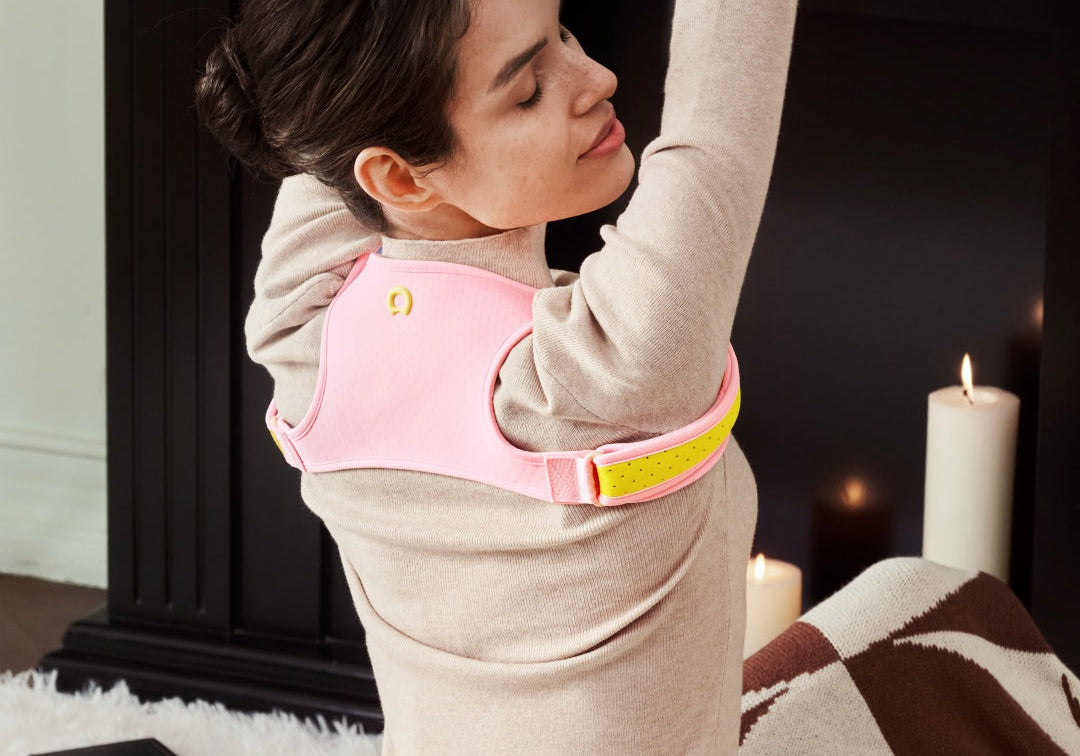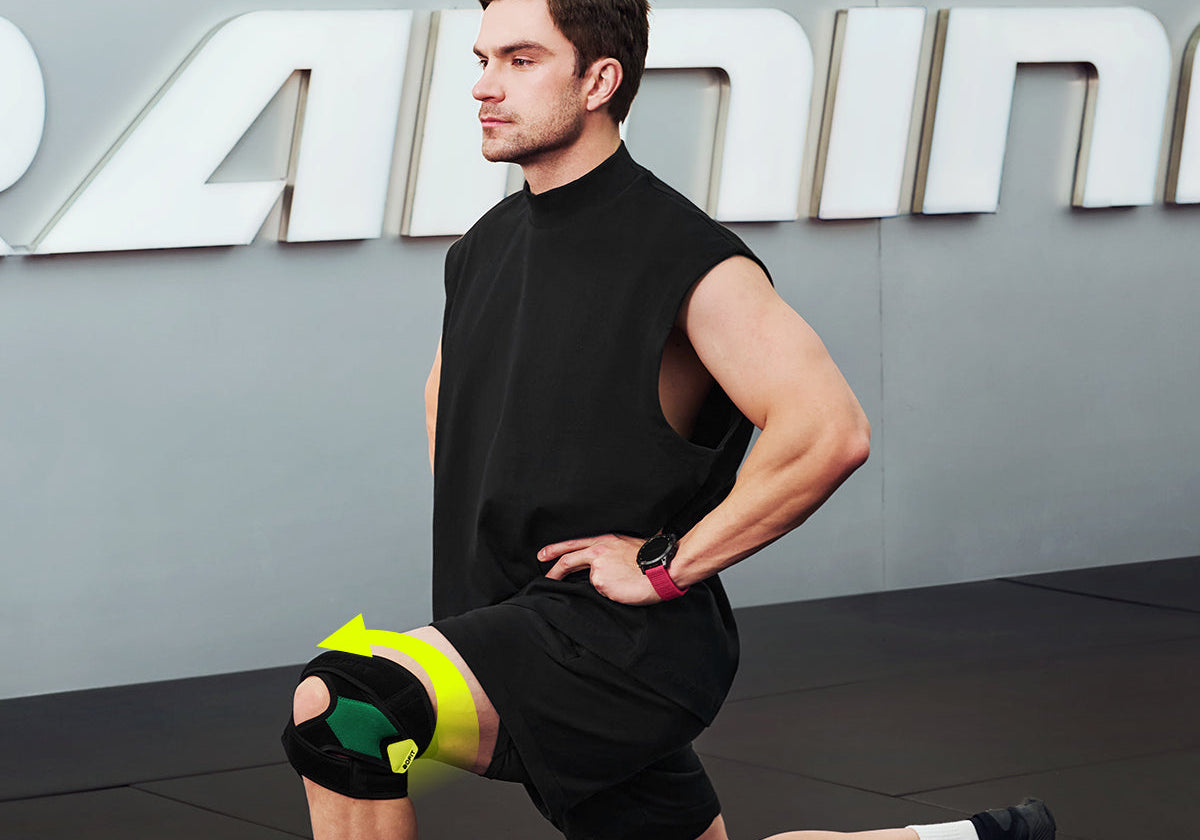Standing tall and feeling confident starts with good posture. Whether you're dealing with neck pain, backaches, or just want to look more self-assured, improving your posture can make a world of difference. This guide will take you through a comprehensive 21-day plan to help you achieve and maintain perfect posture.
Why Do We Have Bad Posture?
Bad posture can stem from various factors, including:
- Sedentary Lifestyle: Sitting for prolonged periods, especially with poor ergonomics.
- Weak Muscles: Lack of strength in core and back muscles to support the spine.
- Stress: Tension and stress can lead to muscle tightness and poor alignment.
- Injury: Past injuries can affect posture and lead to compensatory habits.
- Technology Use: Constantly looking down at phones or slouching over computers.
Targeted Solutions for Each Cause
Sedentary Lifestyle
Problem: Sitting for prolonged periods, especially with poor ergonomics.
Solution:
- Take Breaks: Stand up and stretch every 30 minutes. Research shows that taking regular breaks can reduce the risk of developing musculoskeletal disorders by 40%.
- Ergonomic Setup: Adjust your workspace. Ensure your chair supports your lower back, your feet are flat on the floor, and your screen is at eye level. An ergonomic setup can improve posture and reduce discomfort by 60%.
- Desk Exercises: Perform simple desk exercises like seated leg lifts or seated twists.
Weak Muscles
Problem: Lack of strength in core and back muscles to support the spine.
Solution:
- Core Exercises: Incorporate exercises like planks, bridges, and abdominal crunches into your routine. Studies show that a strong core reduces the likelihood of back pain by up to 50%.
- Back Strengthening: Perform exercises such as rows, lat pull-downs, and reverse flys.
- Regular Workouts: Aim for at least three sessions of strength training per week.
Stress
Problem: Tension and stress can lead to muscle tightness and poor alignment.
Solution:
- Relaxation Techniques: Practice deep breathing exercises, yoga, or meditation to reduce stress. Celebrities like Jennifer Aniston and Hugh Jackman swear by yoga for maintaining good posture and reducing stress.
- Stretching: Regularly stretch your neck, shoulders, and back.
- Massage Therapy: Consider getting regular massages to alleviate muscle tension.
Injury
Problem: Past injuries can affect posture and lead to compensatory habits.
Solution:
- Physical Therapy: Consult a physical therapist for tailored exercises to address specific injuries.
- Gentle Exercises: Start with low-impact activities like swimming or walking.
- Supportive Devices: Use braces or supports as recommended by healthcare professionals.
Technology Use
Problem: Constantly looking down at phones or slouching over computers.
Solution:
- Screen Time Management: Limit your screen time and take regular breaks.
- Proper Positioning: Hold your phone at eye level and use a stand for your devices. Tech giants like Tim Cook and Sundar Pichai promote ergonomic device use for better posture.
- Posture Reminders: Use apps or reminders to check and correct your posture.
Personalized Approach
Program Customization: The program customizes exercises based on individual test results, ensuring effectiveness for each user. This tailored method enhances motivation and outcomes.
Combination of Stretching and Strengthening
Holistic Strategy: Alternating focus on flexibility and strength addresses both tightness and weakness, crucial for sustainable posture improvement. This holistic strategy prevents future issues.
Importance of Testing
Targeted Efficiency: Assessing flexibility and strength in specific areas helps pinpoint deficits, making the program more targeted and efficient. Regular assessments can track improvements.
Building Strength
Balance Creation: Strengthening underactive muscles is just as important as stretching tight ones, creating balance and supporting better posture in daily activities.
Consistency is Key
Habit Formation: Committing to the 21-day regimen is essential for achieving noticeable results. Consistency fosters habit formation and reinforces the exercises.
Visual Progress
Motivation Boost: Comparing before and after results on day 21 serves as powerful motivation, showcasing the tangible benefits of dedication to the program.
Community and Support
Enhanced Accountability: Engaging with others on similar journeys can enhance accountability and encouragement, making the process more enjoyable and effective.
Tips for Maintaining Good Posture
Maintaining good posture goes beyond just sitting and standing correctly. It involves a combination of mindfulness, proper ergonomics, and healthy habits. Here are detailed tips to help you keep your posture in check:
1. Mindfulness and Regular Checks
Stay Aware: Regularly check your posture throughout the day. Use reminders on your phone or sticky notes on your computer screen to keep posture at the forefront of your mind.
Mirror Check: Use a mirror to check your alignment. Your ears, shoulders, hips, knees, and ankles should be in a straight line.
2. Ergonomic Tools and Setup
Chair: Choose an ergonomic chair that supports the natural curve of your spine. Adjust the height so your feet are flat on the floor, and your knees are at a 90-degree angle.
Desk: Ensure your desk is at the right height so your arms can rest comfortably at a 90-degree angle.
Monitor: Position your monitor at eye level to avoid tilting your head up or down.
Keyboard and Mouse: Keep your keyboard and mouse close enough to avoid reaching forward, which can strain your shoulders and back.
3. Healthy Habits
Stay Active: Regular physical activity helps keep your muscles strong and flexible. Aim for at least 30 minutes of moderate exercise most days of the week.
Weight Management: Maintain a healthy weight to avoid putting extra strain on your back and joints. Did you know that every 10 pounds of excess weight can increase the force on your spine by up to 40 pounds?
Hydration: Drink plenty of water to keep your muscles hydrated and flexible.
4. Proper Lifting Techniques
Lift with Your Legs: Bend at your knees and hips, not your waist. Keep the object close to your body and lift with your leg muscles. Proper lifting techniques can reduce the risk of back injuries by 30%.
Avoid Twisting: Turn your whole body instead of twisting your back when lifting or carrying objects.
5. Sleeping Position
Mattress and Pillow: Use a mattress that provides the right amount of support and comfort. A pillow that keeps your head in line with your spine is crucial.
Sleep Positions: Sleep on your back or side, not your stomach. If you sleep on your side, place a pillow between your knees to keep your spine aligned.
6. Stretching and Exercise
Daily Stretching: Incorporate stretches for your neck, shoulders, chest, and back into your daily routine to maintain flexibility.
Strength Training: Regularly perform exercises to strengthen your core, back, and shoulders. A strong core supports your spine and helps maintain good posture.
7. Posture-Friendly Workouts
Yoga and Pilates: These practices focus on core strength, flexibility, and body awareness, all of which contribute to better posture. Celebrities like Gwyneth Paltrow and Matthew McConaughey are avid yoga practitioners and attribute their good posture to these routines.
Swimming: Swimming is a great low-impact exercise that strengthens the entire body, including the core and back muscles.
8. Stress Management
Relaxation Techniques: Practice relaxation techniques such as deep breathing, meditation, and progressive muscle relaxation to reduce tension and prevent stress-related posture issues. Oprah Winfrey often speaks about the benefits of meditation and its impact on overall well-being, including posture.
Breaks and Leisure: Ensure you take breaks and time for leisure activities to avoid burnout and stress.
9. Workplace Adjustments
Ergonomic Assessments: Have your workplace assessed by an ergonomics professional to ensure your setup promotes good posture.
Standing Desks: Consider using a standing desk or a sit-stand desk converter to vary your position throughout the day. Research has shown that standing desks can reduce back pain by up to 54%.
Footrests: Use a footrest if your feet do not touch the floor to ensure proper leg and lower back support.
10. Technology Tips
Hands-Free Devices: Use hands-free devices or headsets to avoid cradling the phone between your ear and shoulder.
Blue Light Filters: Reduce eye strain with blue light filters on screens to prevent leaning forward and squinting.
Device Holders: Use holders for tablets and smartphones to keep them at eye level.
11. Consistent Routine
Daily Posture Check: Make it a habit to check your posture at the same times every day, such as when you sit down to work or take a break.
Posture Apps: Use posture apps that remind you to sit up straight and offer exercises to improve your posture. Apps like Upright Pose and Posture Reminder can be incredibly helpful.
Routine Adjustments: Adjust your daily routine to include posture-friendly habits, like walking after meals or doing a quick stretch every hour.
12. Supportive Footwear
Proper Shoes: Wear shoes that provide good arch support and cushioning to reduce strain on your spine and improve overall posture.
Avoid High Heels: Limit wearing high heels, as they can alter your natural alignment and contribute to poor posture.
13. Posture Aids
Posture Correctors: Use posture correctors or braces temporarily to train your muscles to maintain good posture.

Lumbar Support: Add lumbar support cushions to your chair to maintain the natural curve of your lower back.
Conclusion
Improving your posture in 21 days is achievable with dedication and the right approach. By following this comprehensive guide, you'll not only enhance your physical appearance but also boost your overall health and confidence. Start today, stay consistent, and watch your posture transform!





